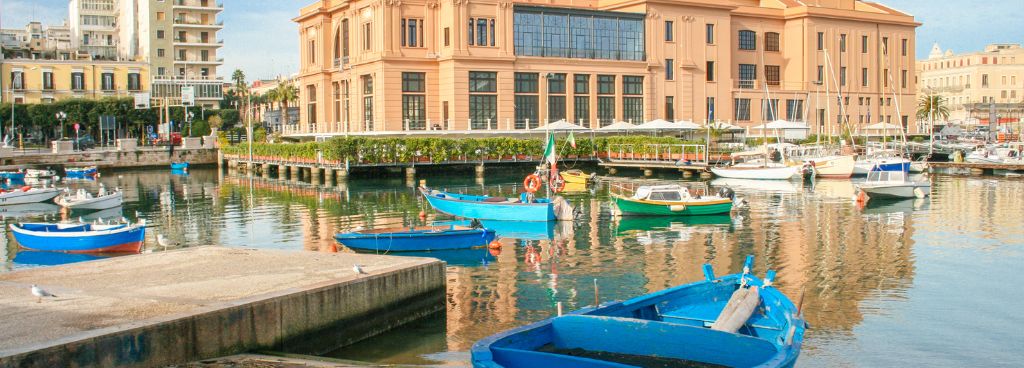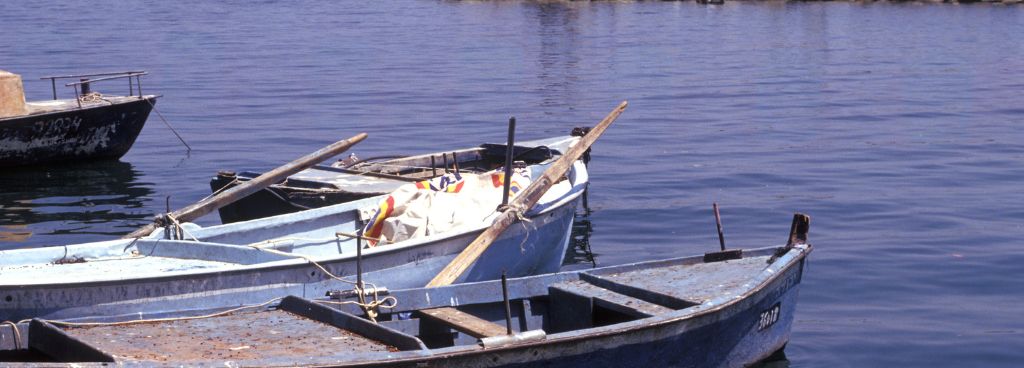Stories Worth Reeling In...
Last Updated on September 20, 2023
You’ve decided to try kayaking, and you’ll want to spend the entire afternoon in your favorite cove so you can catch a lot of fish. But what if a gust of wind blows? Nobody wants to be constantly paddling to maintain their position. You’ll need a kayak anchor to keep you in place!
But how do you go about picking the greatest kayak anchor? What should you look for when choosing the finest anchor to hold your kayak in place?
Fortunately for you, I’ve covered the many types of anchors, as well as all of the critical aspects, to guarantee that you can maintain your place in the water and never miss another catch.
Table of Contents
You should utilize an anchor when out on the sea in a kayak because they keep you in one place!
You could be casting a line from your kayak, hoping to catch your supper, or arranging a SUP yoga practice on a lake. If you don’t have to worry about drifting off, both circumstances improve. A kayak anchor comes in very handy in this situation.
A kayak anchor lets you gently drift into a cove or bay for a pleasant float, allowing you to stay in one spot for an extended period without paddling.
They are also great for kayak fishing because it allows you to target fish lurking in weed beds while holding your fishing rod with both hands.
Perhaps you’d want to moor with your buddies in the middle of the lake and share stories over a drink, knowing you won’t float away…
An anchor also protects your arms, allowing you to float without constantly paddling.
One of the most peaceful experiences is simply chilling hands-free, without concern about drifting into shore or deep water.
So, now that you’ve identified the type of anchor you’ll need based on where you’ll be paddling, you can narrow down which anchor will be ideal for you. However, there are a few other things to consider:
The scope of the anchor is the water depth ratio matching the anchor line/chain/rope. The suggested line length is 7:1, which means seven feet of rope for every one foot of water. If the water is 10 feet deep, you’ll need 70 feet of line to grip the bottom effectively.
It is critical to consider scope so that you do not run out of rope when anchoring deep waters. Similarly, you don’t want nylon rope tangling around your feet in shallow waters.
Most kayak anchors weigh 1.5 or 3.5 pounds. A heavier anchor is required for a larger kayak, deeper water, and on rough seas on a windy day. When settling on an anchor, keep in mind the weight of your tackle, cooler, and other accessories. In most situations, a grapnel anchor of the proper weight will provide the most stable grip.

Size and weight are inextricably linked. However, the size of the anchor is more significant than its weight. The greater the grapel flukes, the better the grip on rocks or the riverbed/bottom of a body of water.
Most kayak anchors weigh roughly 1.5, 3.0, or 3.5 pounds. The weight should be appropriate for the water circumstances in which you intend to anchor your kayak or SUP.

An anchor trolley is not a required kayak accessory, but it helps respond to variations in wind or waves when out on the water.
An anchor trolley allows you to conveniently relocate your anchor from the bow to the stern of your boat without entirely removing the anchor from the water’s surface.
The rope anchor trolley system is rigged alongside your kayak and connected to your anchor line. The trolley quickly moves your anchor from the bow to the stern, allowing you to respond to changes in wind direction.
There are numerous scenarios in which a kayak anchor could be helpful for your next journey. Using a kayak anchor to hold your position in your favorite fishing hole is excellent. You no longer need to paddle for position after anchoring, and your hands are free to reel in fish. A kayak anchor is handy for long days of traveling down the coast or floating with friends since it allows you to rest your tired arms and take a break from paddling.
A cooler, dry bag, and potentially a tackle box will be loaded onto your kayak if you’re paddling for a long day. Ensure your kayak’s cockpit or a storage hole on the hull has enough area to store your anchor.
Many anchors come with a handy storage bag to keep your anchor parts together when on land and to avoid harming your kayak’s hull during travel.
By carefully considering these factors and tailoring your anchor choice to your specific fishing needs, you can confidently navigate the waters and ensure stability while focusing on landing your next big catch.
Remember, safety should always be a top priority. Familiarize yourself with proper anchoring techniques and always follow local regulations regarding anchor use.
Now that you’re armed with the knowledge of selecting the suitable kayak anchor, it’s time to confidently embark on unforgettable fishing adventures. So, choose wisely, cast your anchor, and enjoy the tranquility and bountiful rewards that await you.